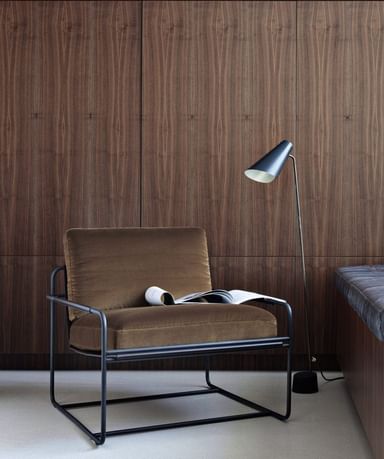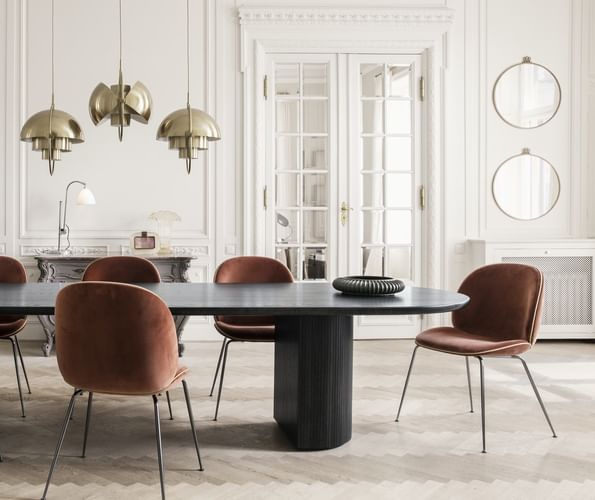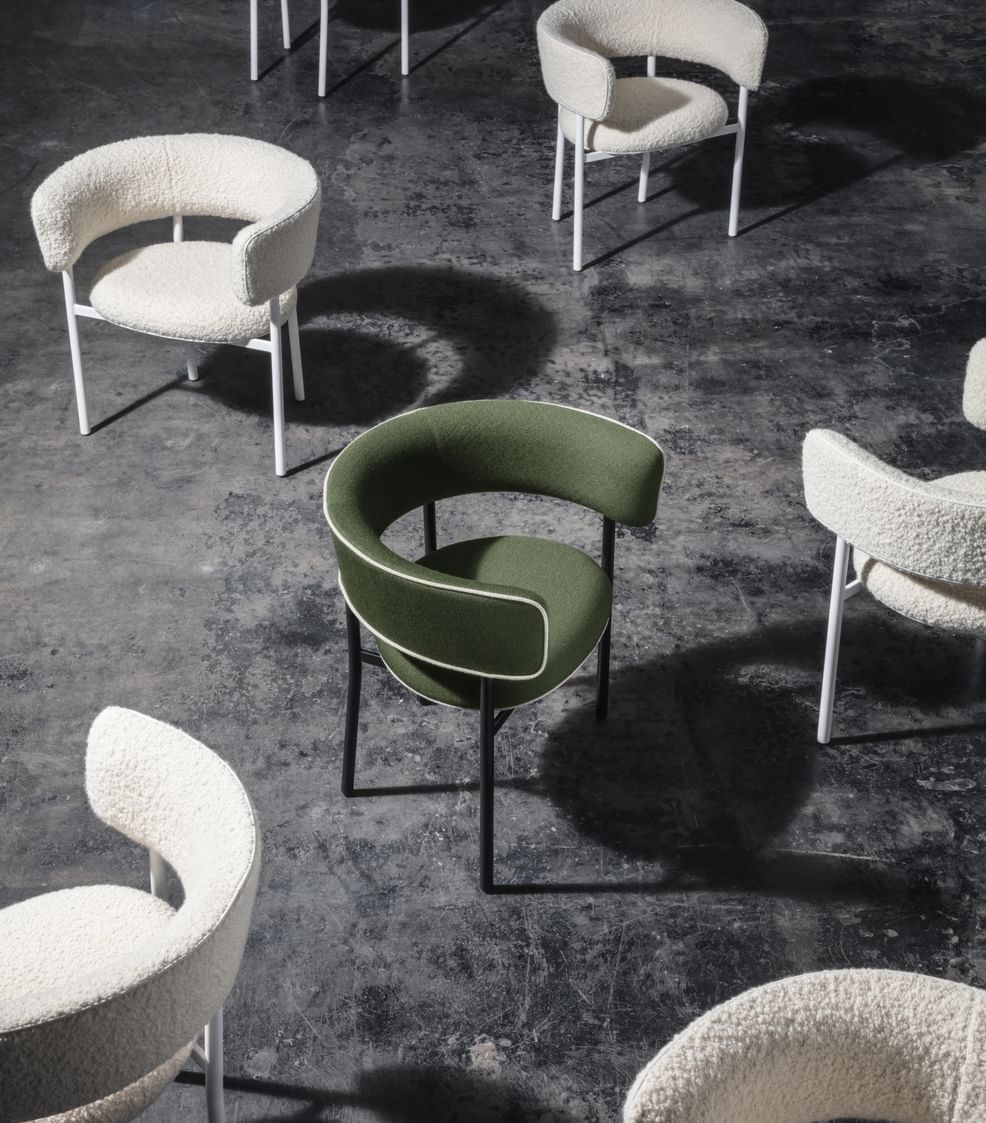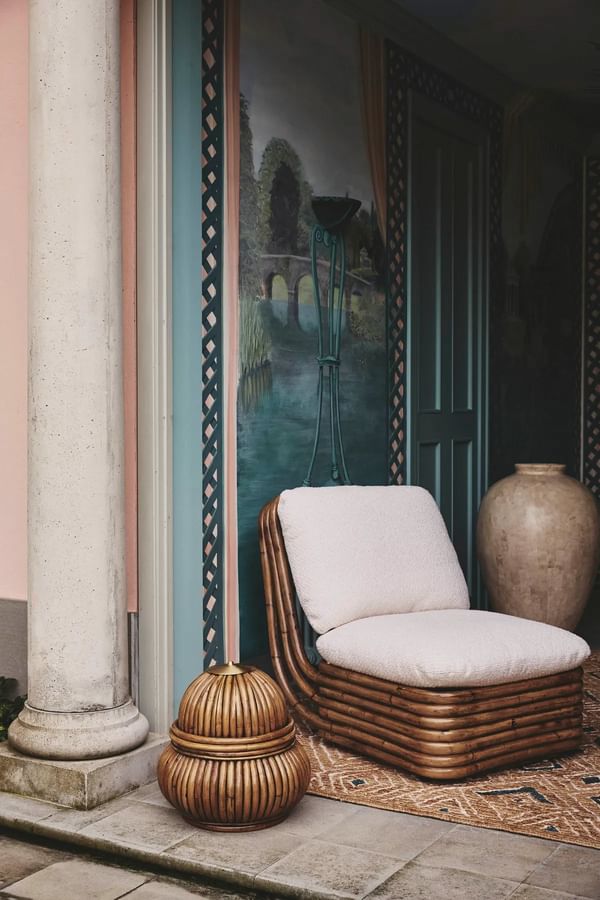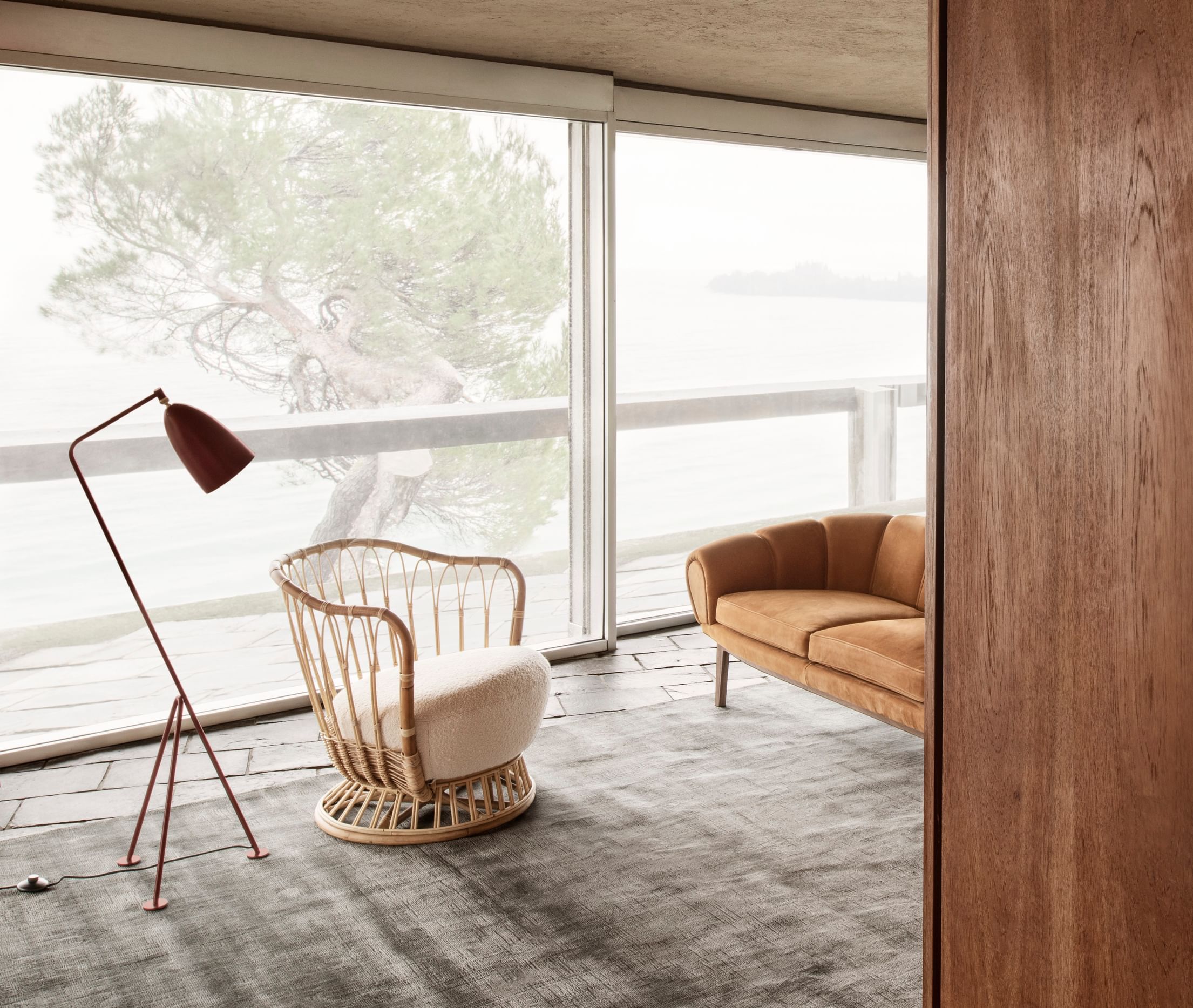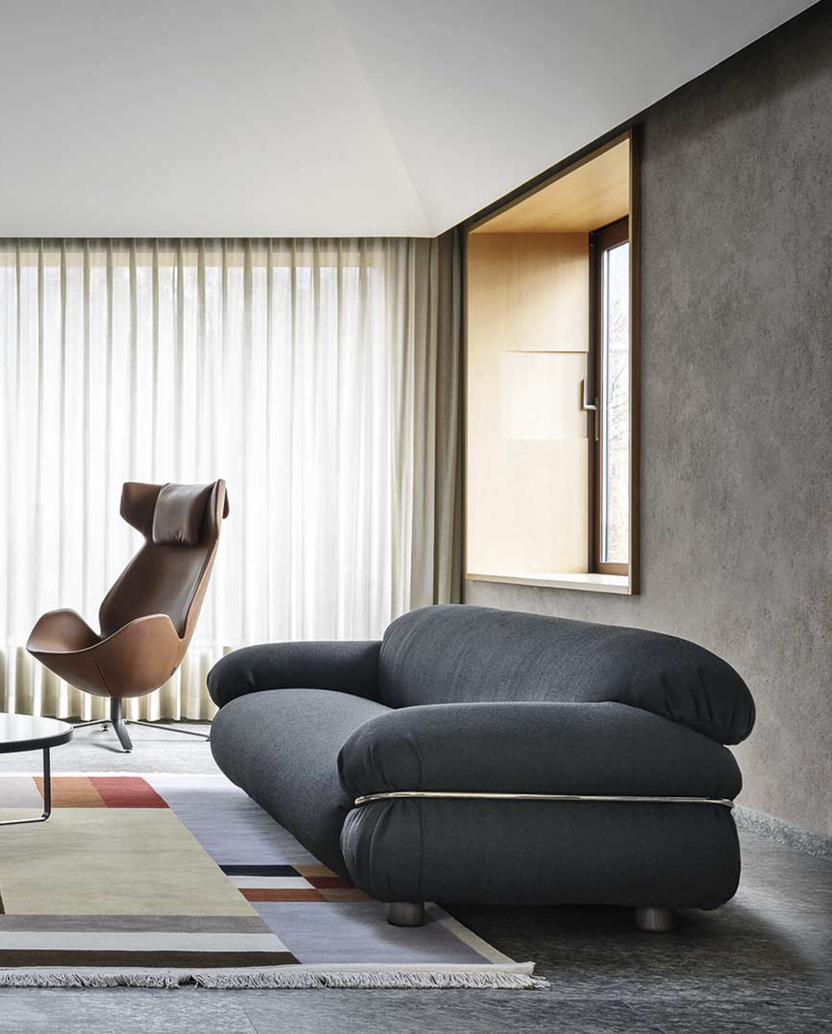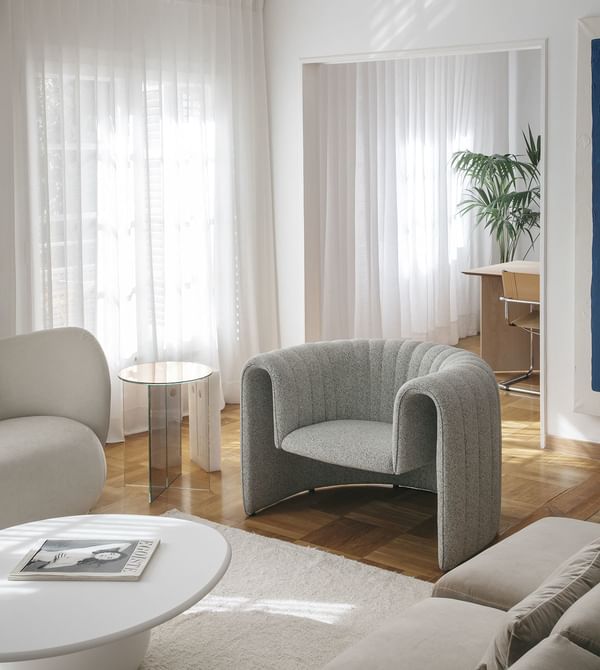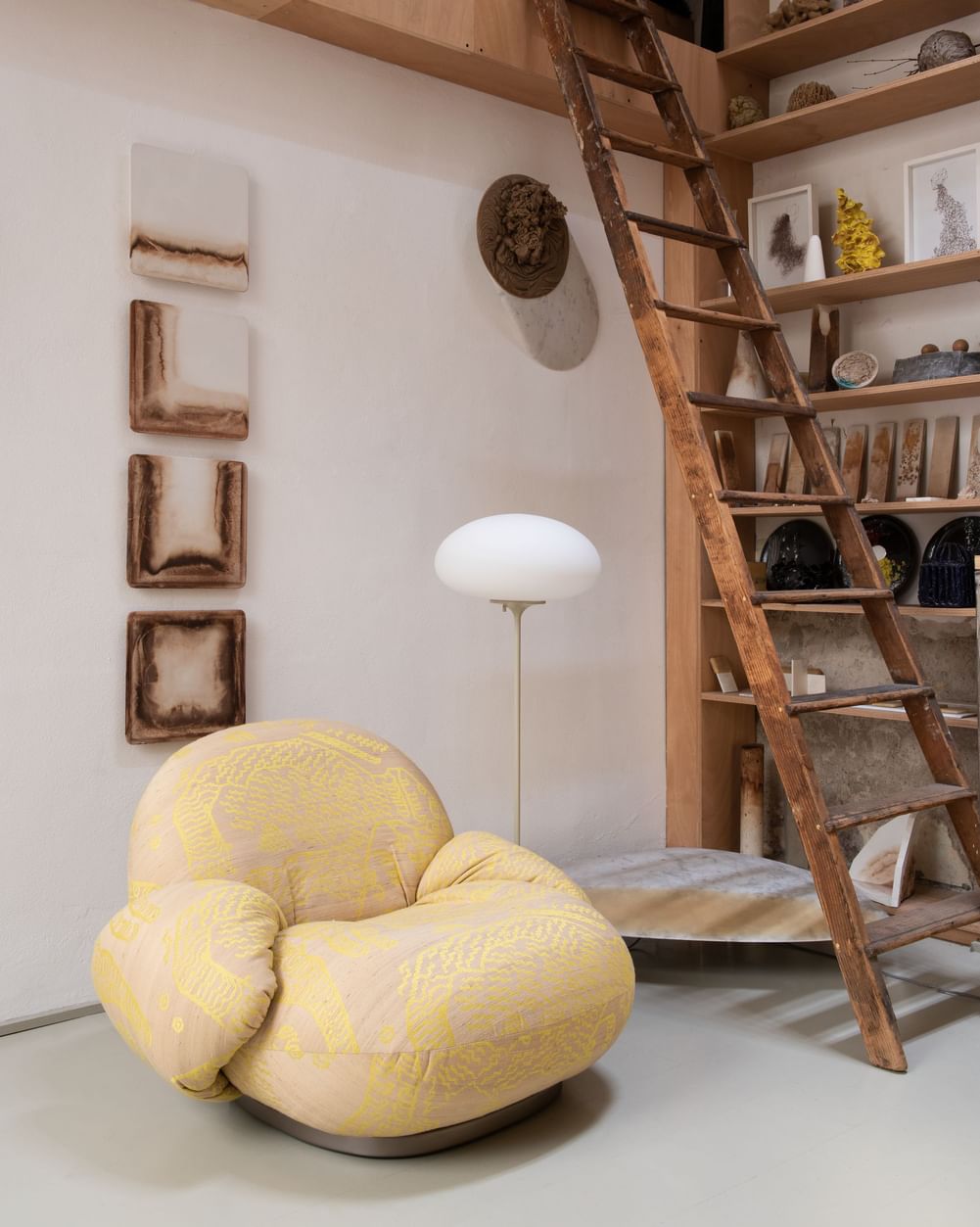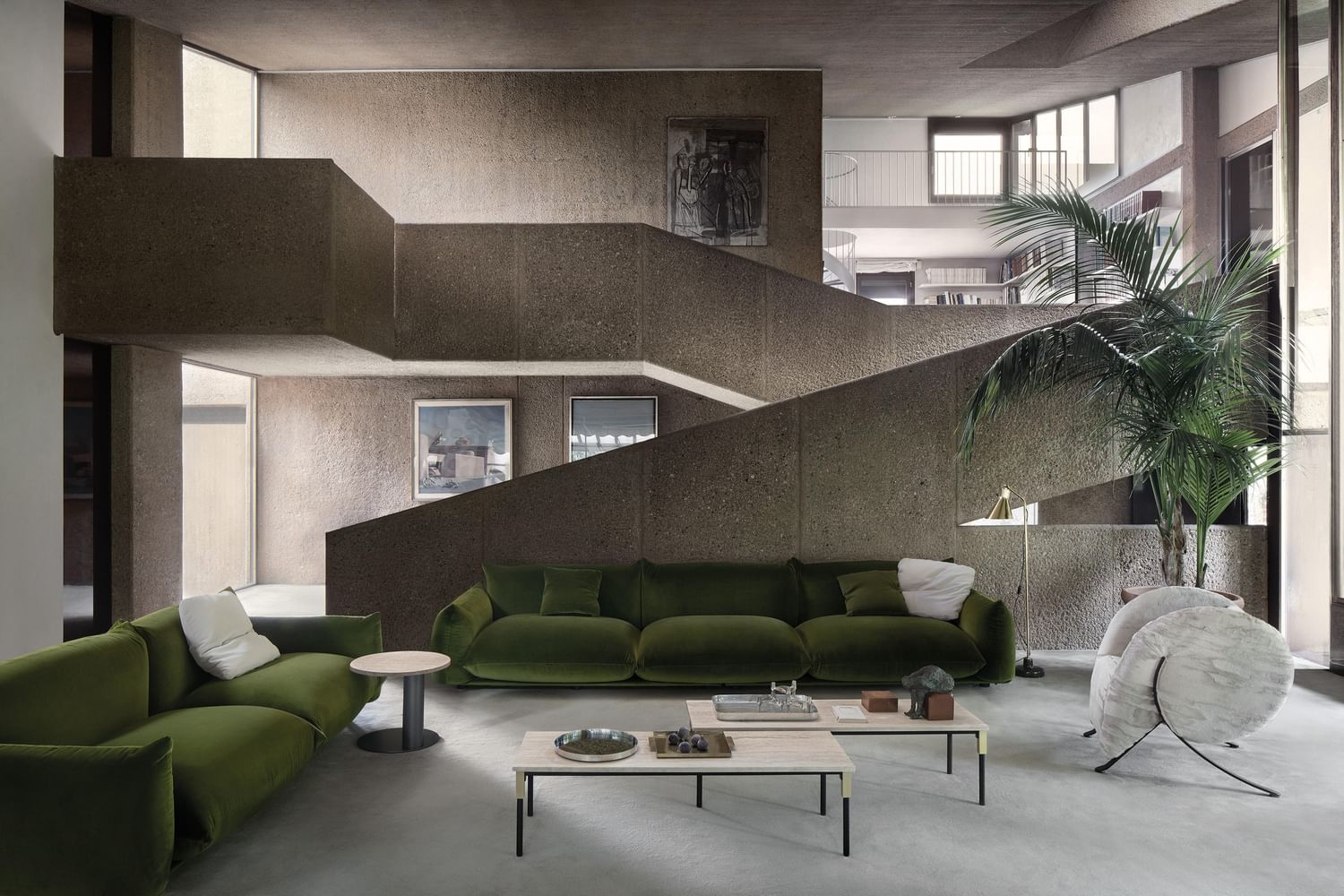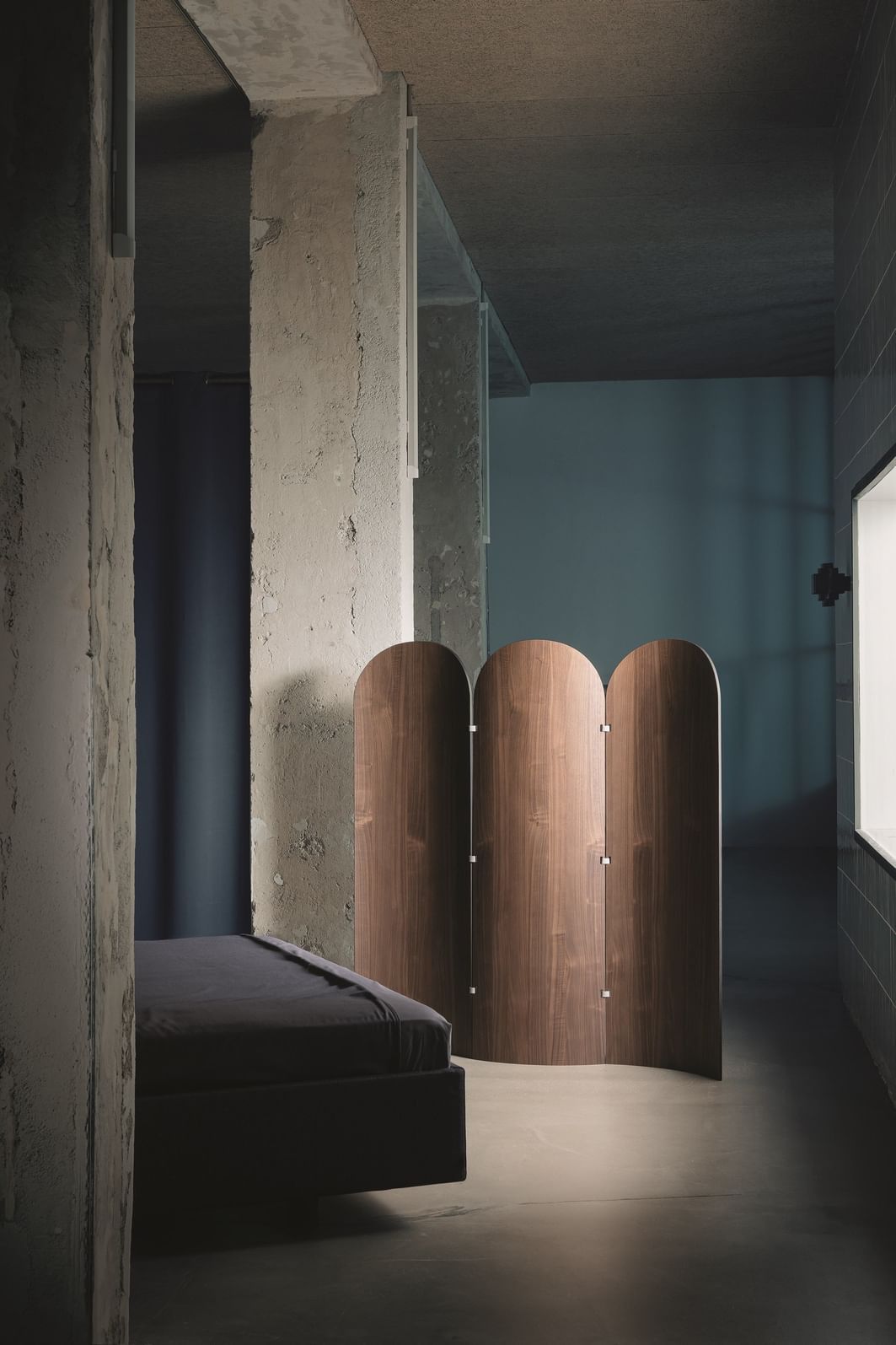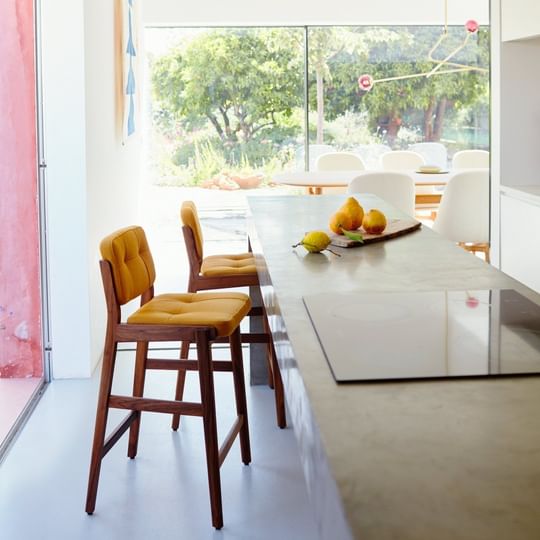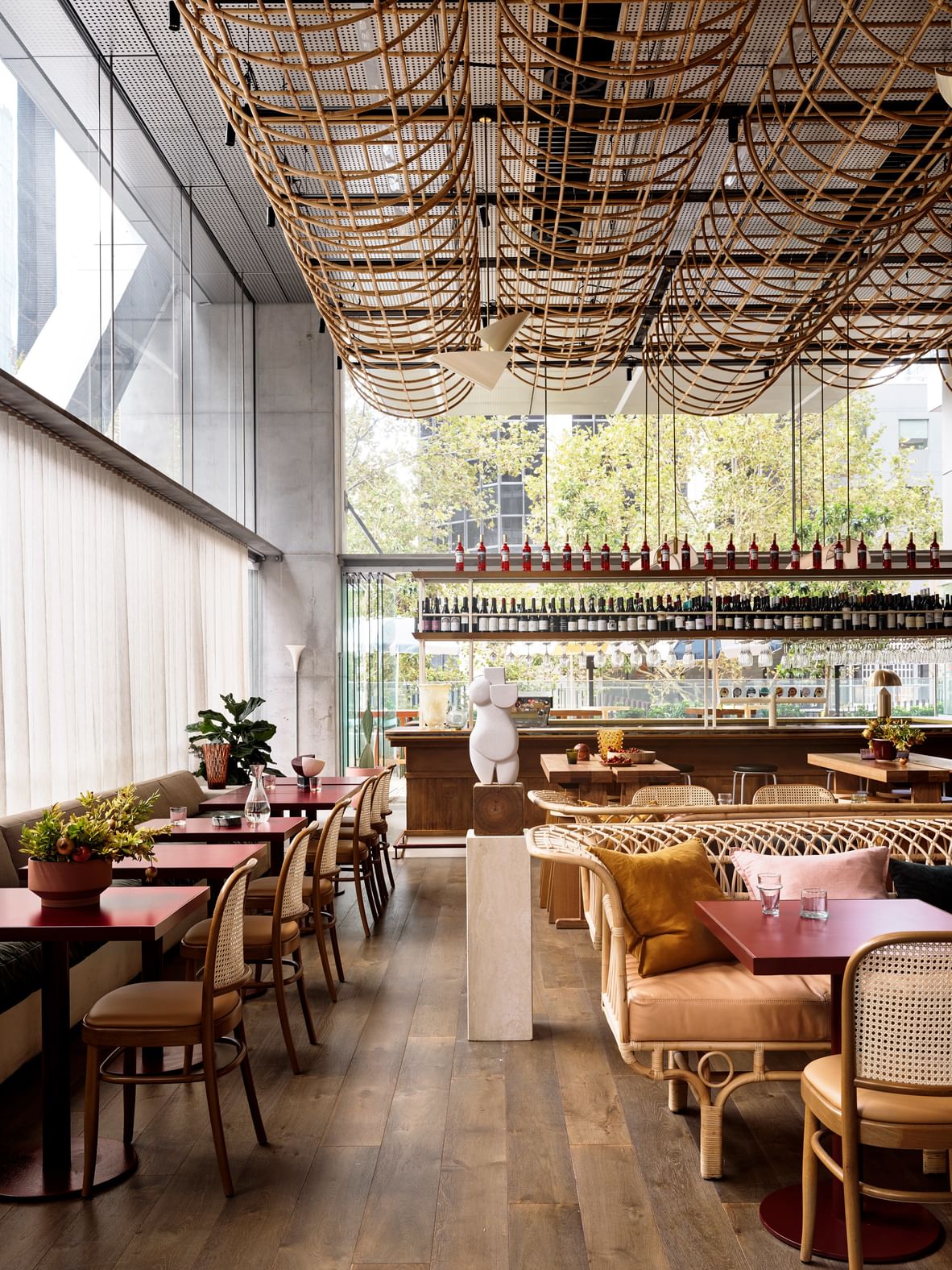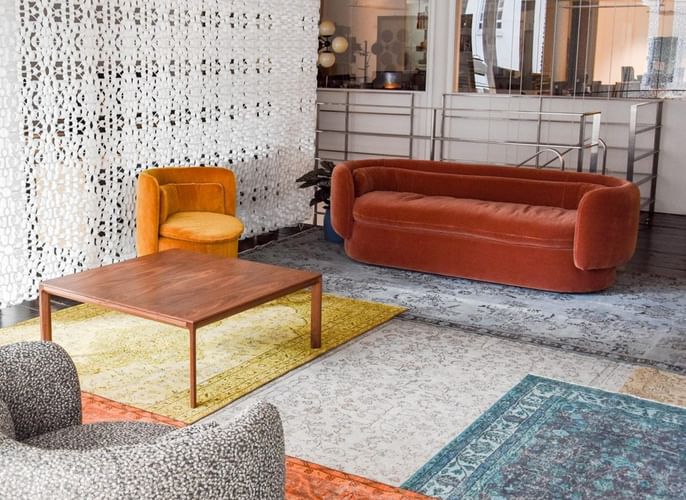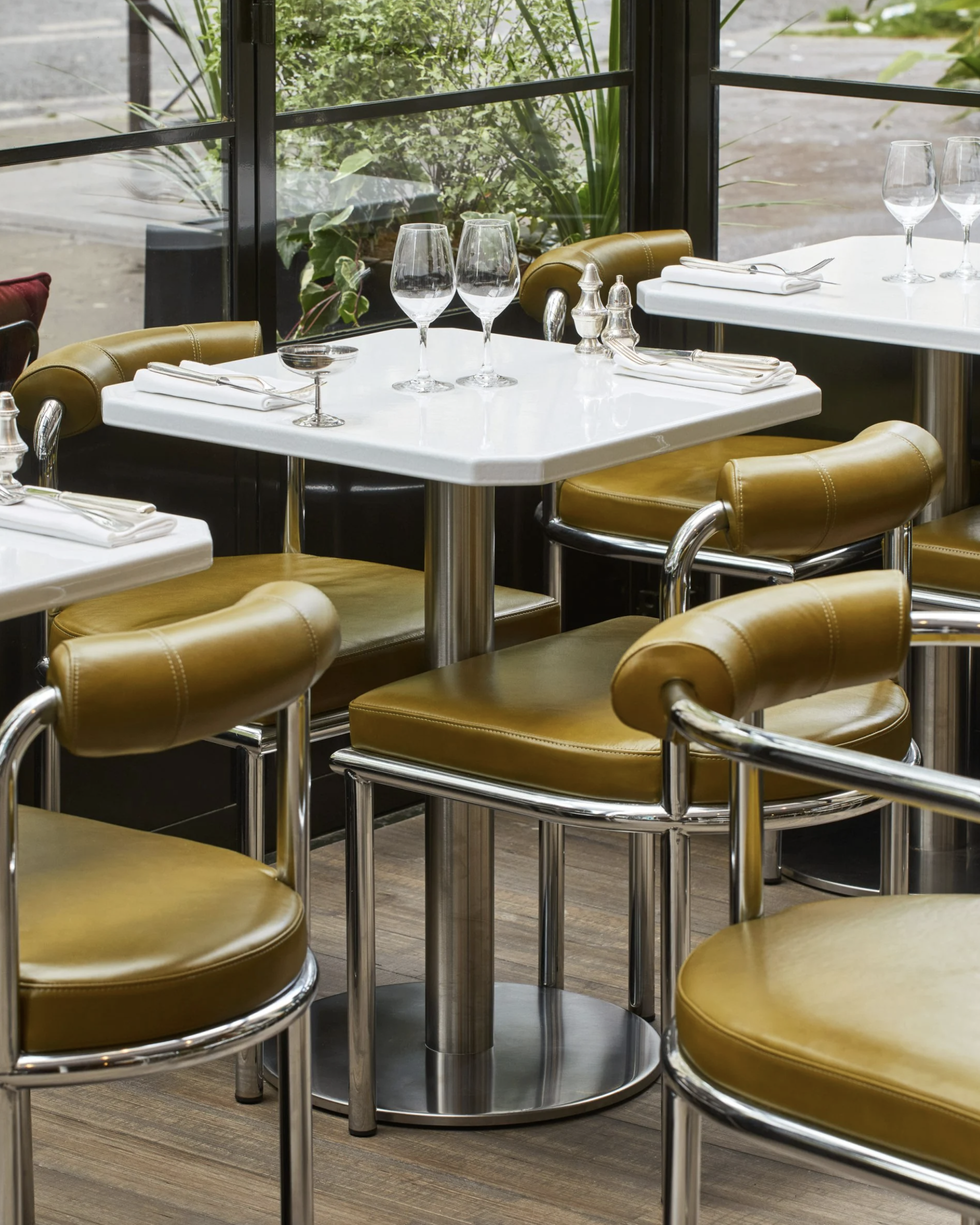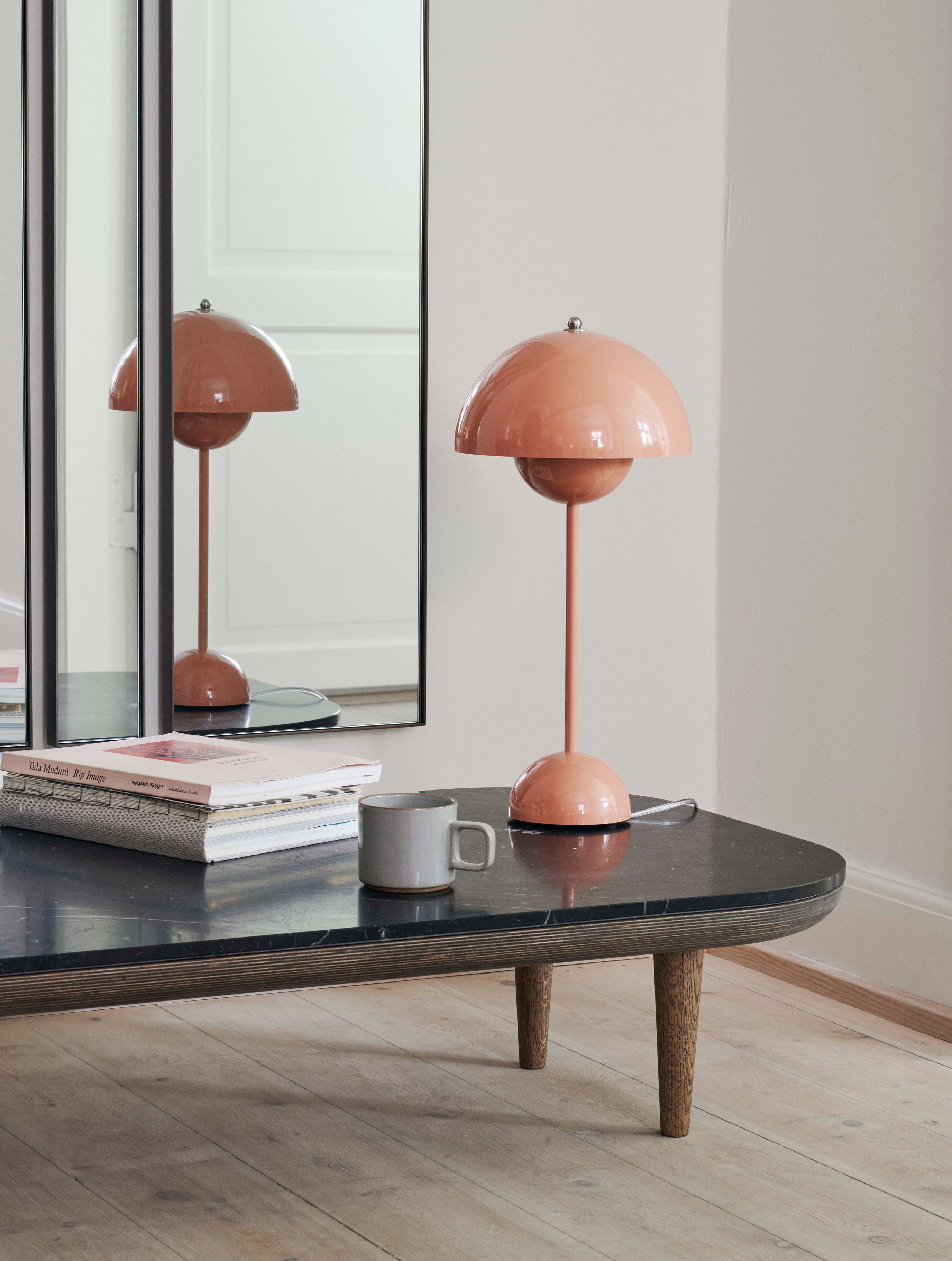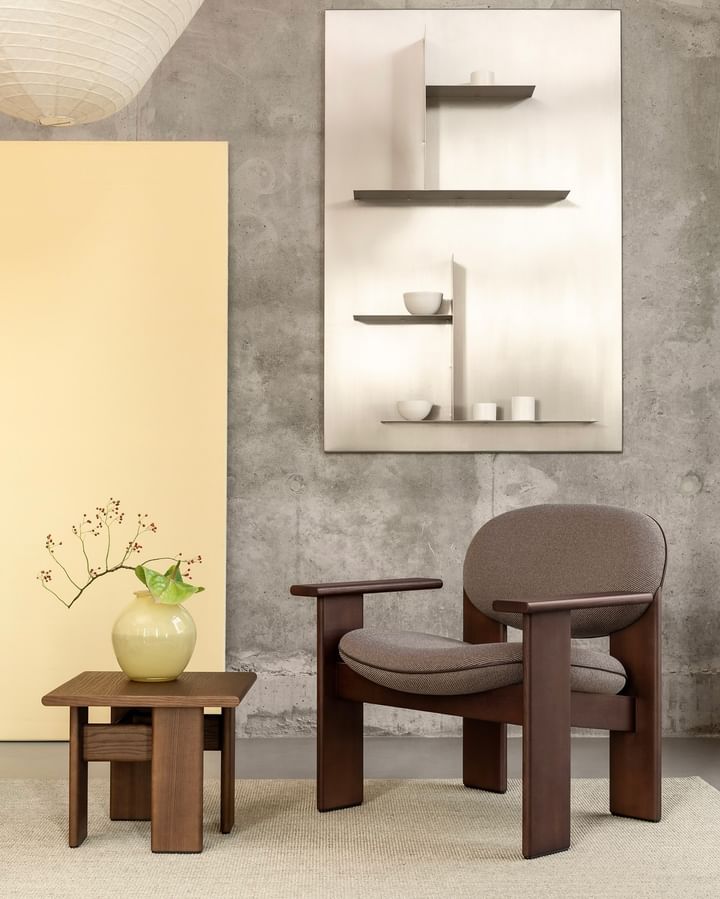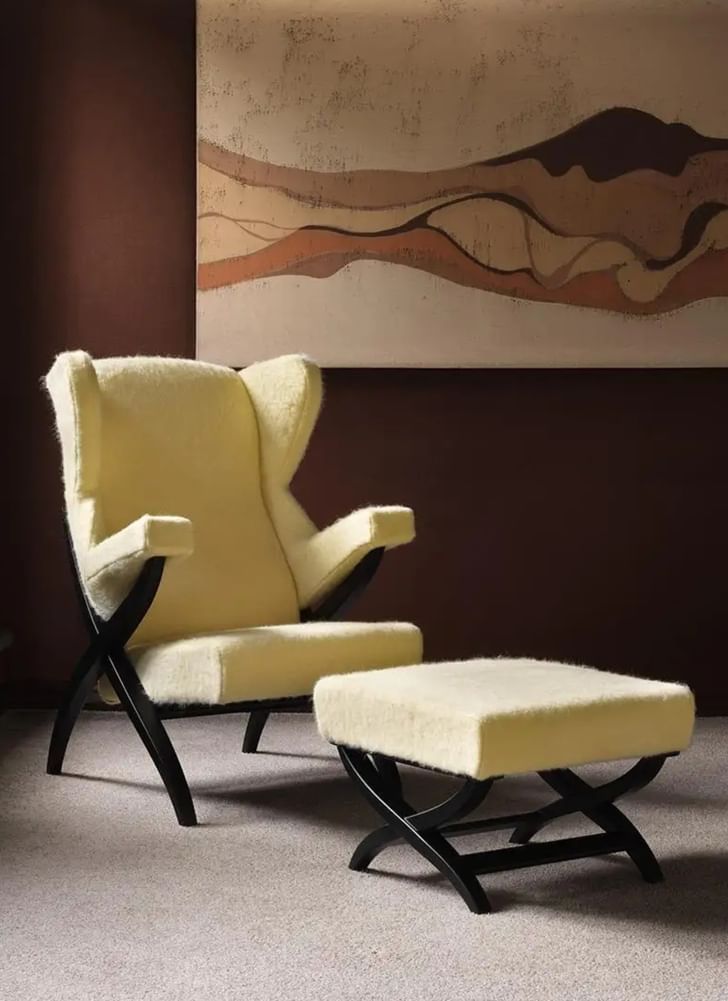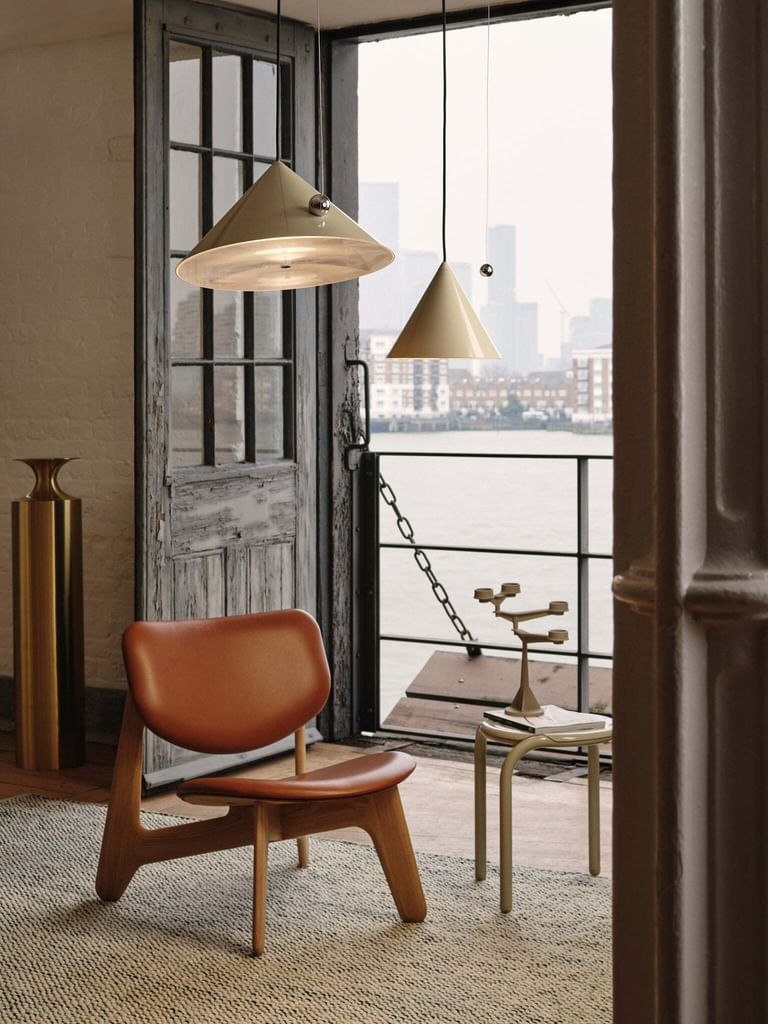The seventies are remembered as hedonistic but turbulent years that witnessed huge cultural change and technological advances. Postwar austerity was beginning to loosen, man had landed on the moon, the post-civil rights era had begun, and the world's first personal computer was introduced.
1970s style has been creeping back into our interiors in recent years with design classics making a comeback and a growing appreciation for maximalism over minimalism. We investigate why the “decade that taste forgot” has fallen back into favor and how some of our favorite interior designers are incorporating elements inspired by or from the era into their work.
As a reflection of this revolutionary spirit, the style was bold, optimistic, expressive and overstated. Interiors were filled with an excess of print and pattern, texture, dark woods, clashing colors, and daring concepts and forms. It was also coined “the decade that style forgot” and in the years that followed, we saw the return of minimalism and a newfound appreciation for the restrained, clean lines of modernism. 1970s decor was ridiculed and became synonymous with excess and vulgarity; too brash, too bold, too much.
However, as we know, trends are cyclical, and eventually, through distance and time, the public fell back in love with all things 1970s. Today, the era is firmly back in favor. Original pieces are in high demand, and new interior design studios are channelling the mood of the decade into their work.
Expert opinion seems to concur that the upswing in interest in seventies style that we have seen in the past decade is in part due to the post-recession austerity that came after 2008 and the political turbulence of more recent years. In times such as this, the exuberance of the 1970s era has a counterintuitive appeal as consumers seek comfort in nostalgia.
Around 2014, at design fairs such as Milan Design Week, the ubiquitous Scandinavian brands, whose pared-back aesthetic had ruled for so long, were beginning to be upstaged by Italian studios – such as Dimore and Studio Pepe – which dared to be different and championed rule-breaking maximalist interiors.
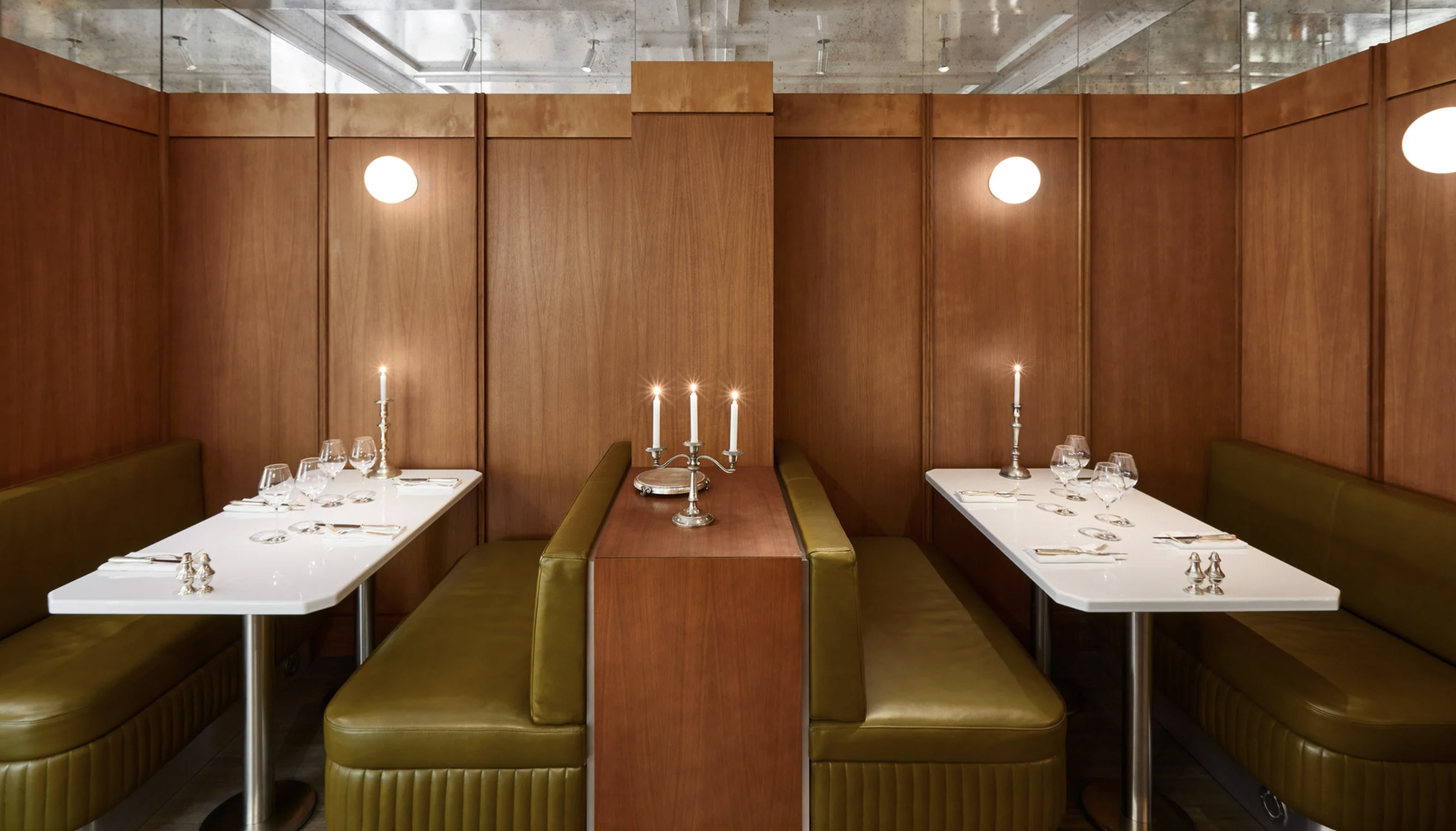
1970's-inspired restaurant, Abstinence, designed by Parisian studio Lizée-Hugot
MAXIMALISM & "NEWSTALGIA"
Trend forecasting platform WGSN, has coined this return to maximalism "newstalgia" – which refers to a nostalgic aesthetic that pulls inspiration from a plethora of time periods and references. The platform started to track its emergence at the end of 2016, however, it reports that it wasn’t until 2019, that it became part of the consumer zeitgeist and bold 1970s-inspired interior decor such as loud prints, fringing, scalloped edges and conversation pits started to enjoy a fully-fledged renaissance.
“The rise of Instagram-hosted vintage stores created a more mix-and-match inspired style, which was much different than the very clean Mad Men-inspired styles we saw around a decade ago,” says Los Angeles-based Allyson Rees, a senior strategist of lifestyle and interiors at WGSN.
“The hyper-minimalist, Instagram-perfect styling has given way to something that is much more-expressive and personal-style forward, and I think this really speaks to how consumers are feeling post-pandemic. Our homes became our sanctuaries during the last 18 months, so consumers have curated their spaces to really appeal to their personal, unique style. It's much less cookie-cutter and more about creativity.”
TEXTURED UPHOLSTERY
For example, a trend report compiled by WGSN detailed that in 2019 demand for 1970s fabrics, such as cord, shag pile and faux fur quadrupled. Earlier this year, a leading UK retailer reported that it had seen an increased demand for textured upholstery such as bouclé, corduroy, and quilting.
These highly textured fabrics with irregular slubs and loops bring texture and depth into the interior. The Agora Petit chair by Missana perfectly demonstrates this. Inspired by the volumes of the upholstered furniture from the 1970s, the Agora Petit chair is upholstered in two contrasting fabrics, such as the sheepskin and brushed velvet combination. Other examples include the Pacha lounge chair and sofas created by legendary French designer Pierre Paulin in 1975 that are now produced by Gubi and are most popular in a cream-colored bouclé fabric.
LOUCHE LOUNGING
As well as inviting upholstery textures, the 1970s was a decade of relaxed, low and laid back seating. A new vision of contemporary living, in which ergonomics were adapted to social change, ushered in a way of sitting that is more relaxed and less formal.
“I think what makes 2021 maximalism a bit different is it’s still super practical and functional,” says WGSN’s Allyson Rees. “Seating has become a key item because consumers want to feel comfortable in their homes at all times. So loungy vintage pieces like the Togo by Michel Ducaroy for Ligne Roset, or the Pacha lounge chair by Pierre Paulin for Gubi are all coming back.”
At Haute Living, the Marenco sofa designed by Mario Marenco in 1970 and now produced by Arflex is proving particularly popular among customers, as is Gianfranco Frattini's Sesann armchair for Tacchini – an icon of 1970s Italian design.
DARK WOODS AND PANELLING
In London, interior designers Child Studio are leading the way in cinematic spaces with nostalgic retail and restaurant interiors that draw upon various decades from the mid-century era. For eyewear brand Cubbitt's Soho store in London, the studio paired dark formica walls with linoleum floors inspired by the local massage parlours, adult cinemas and sex shops that populated the neighbourhood in the postwar era.
"Mid-century modernism is ceaselessly appealing because of its holistic approach to architecture, interiors and furniture," says Alexy Kos, who heads Child Studio alongside Che Huang. "There is undoubtedly a growing trend for reissues of classic pieces, with major brands reproducing the works of the likes of Gio Ponti, Verner Panton, Finn Juhl and other masters."
"People rediscover how creative and diverse this era was for design, often finding the qualities that they didn’t use to associate with modernism: playfulness, expressiveness and lyricism."
NATURAL MATERIALS
The popularity of materials such as rattan, cork and bamboo rocketed during the golden age of tourism in the 1960s and ’70s when they were used to make furniture for the terraces and porches of second homes in the Mediterranean and tropics.
Once again, as consumers, and therefore designers, are drawn to the allure of natural materials and the handmade, rattan, cork and bamboo are experiencing a resurgence in popularity. UK magazine Living Etc reported that searches for rattan on furniture retailer Habitat’s website have recently jumped by 3000 per cent and that the desire for bamboo rose 50 per cent in January.
As well as reissues of classic pieces, like the Grace Lounge Chair by Tove Kindt-Larsen for Gubi, today brands such as NORR11 are reinterpreting the material for a modern audience with pieces like the Nomad Chair, which is a Nordic interpretation of the traditional Moroccan wicker chair.
Australian studio Alexander & Co used rattan furniture to add warmth to an Italian restaurant in Sydney while interior architect Stéphanie Lizée furnished the interior of a hotel on the Côte d'Azur with rattan furniture to capture the region's ambience.
SUN-DRENCHED HUES
In the 1970s cold, neutral color palettes were abandoned in favor of warm muted colors with bright accents. In its report compiled with eporta in 2019, WGSN predicted that 1970s color palettes would continue to dominate interior schemes. "It's already begun on eporta with yellows, greens and orange being searched and listed more regularly,” the report reads. “Orange products have been listed three times more over the last six months than within the previous.”
In a recent Parisian restaurant interior, Paris studio Lizée-Hugot channelled the seventies with a tawny color palette made up of maple panelling, tubular steel furniture and leather upholstery in muted shades of olive and tan.
“We have an attraction for this creative, nonconformist decade,” the designers explained. “It was a period made of provocations, freedom and modernism.”
“I think it’s still popular because it was a light and carefree decade, full of dreaminess; indispensable in the period we are going through.”
LOOKING AHEAD
If fashion continues to be a reliable barometer for what will follow in interiors, then seventies style and minimalism will continue to reign supreme for some time. The spring/summer 2023 catwalks were full of 1970s references; lamé trouser suits were seen at Balmain, suede dresses and suits graced the catwalks at y/Project, Alberta Ferretti and Tod's, while crochet and floaty floral dresses were spotted at Valentino.
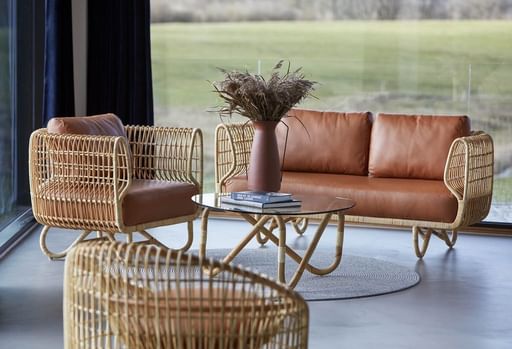
In Sweden, the Museum of Furniture Studies’ new exhibition chronicles the development of Swedish furniture culture during the 1970s, while on Netflix, a new generation has been introduced to Halston – a designer who dictated American glamour in 1960s and 70s – and his sleek interior decor via a new biopic series.
“According to our proprietary Trend Curve Data, searches for "maximalism" are up 83 per cent year-on-year, so yes, the rise of maximalism is real and looks set to continue,” confirms Rees.
Written by Ali Morris
To find out how our pieces can enhance your design project, please contact us at 312.329.9000 for Chicago or 212.262.9000 for New York or email [email protected]. Haute Living's design professionals are ready to assist your needs in every aspect of the design process - from conception and technical specification to final delivery and installation.

